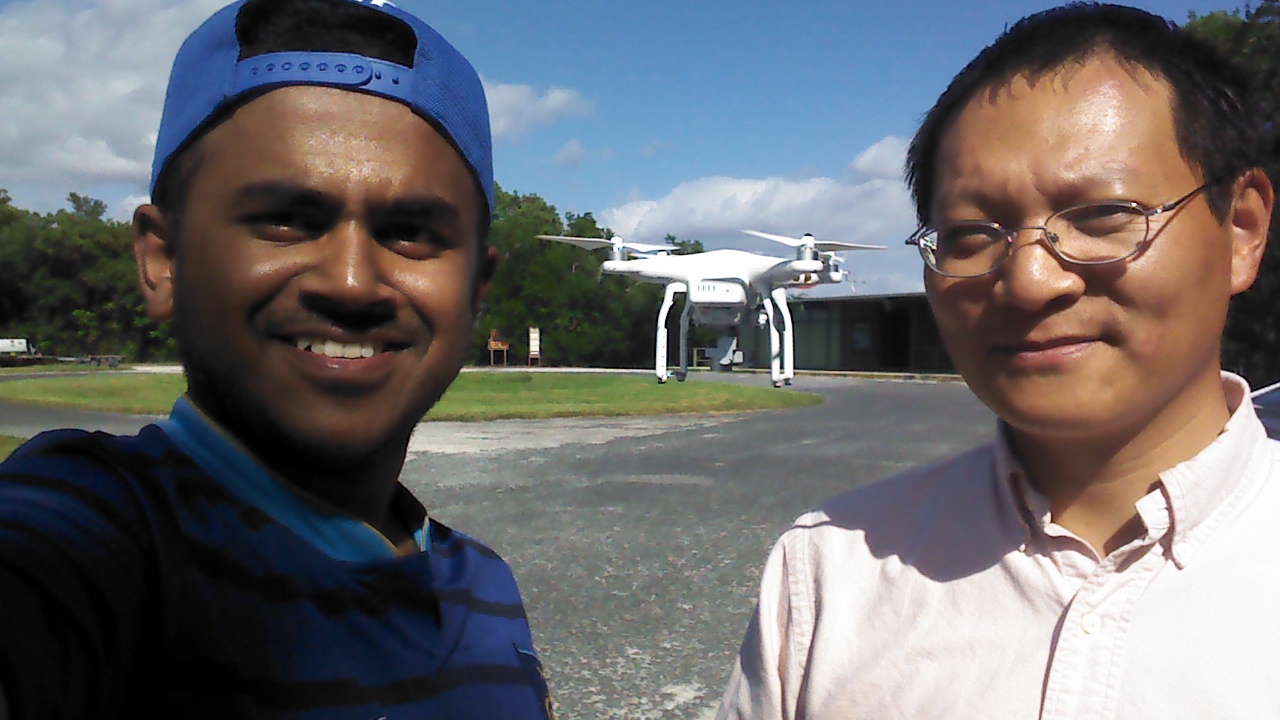
Project Summary: The objective of this project is to investigate the relationship between water/soil salinity and the band reflectance from Landsat images. Both spatial and temporal distribution of water/soil salinity is needed in regional wetlands biogeochemistry, ecological modeling and ecosystem restoration, however, the regional water/soil salinity maps are not available because the ground measurements are costly and the sampling numbers are very limited. The project will address the challenges in the water/soil salinity mapping by integrating satellite observations and in situ measurements with two separate approaches to create water/soil salinity maps at a spatial resolution of 30m. One approach is multivariable statistical modeling, the other is supervised machine learning based on a deep neural network (DNN). The training of the deep neural network and the multivariable statistical modeling are based on about 20,000 field sampling collected by USGS. The two approaches for salinity mapping will be compared, and the advantages and disadvantages will be analyzed. The proposed research activities are built upon PI’s expertise and research facility on remote sensing. The outcome of the project will include new salinity mapping models, new datasets on regional water/soil salinity, journal publication, and external research proposal to NASA.
 The intellectual merit of the project includes: a) Applying deep neural network to investigate the relationship between water/soil salinity and surface reflectance. Deep neural network includes multiple hidden layers of units between the input and output layers and is ideal to model complex non-linear relationships. It will be a new approach to address the challenges in salinity mapping. b) Mapping the water/soil salinity for Everglades National Park (seasonally for water and decadally for soil) at a spatial resolution of 30m since 1970s. Salinity mapping at this spatial and temporal resolution would not be possible without the satellite observations and the methodology developed in this project.
The intellectual merit of the project includes: a) Applying deep neural network to investigate the relationship between water/soil salinity and surface reflectance. Deep neural network includes multiple hidden layers of units between the input and output layers and is ideal to model complex non-linear relationships. It will be a new approach to address the challenges in salinity mapping. b) Mapping the water/soil salinity for Everglades National Park (seasonally for water and decadally for soil) at a spatial resolution of 30m since 1970s. Salinity mapping at this spatial and temporal resolution would not be possible without the satellite observations and the methodology developed in this project.
For more information about project, please contact Hongbo Su at suh@fau.edu.